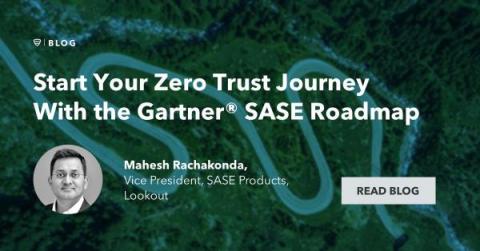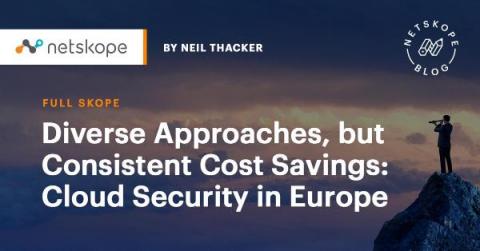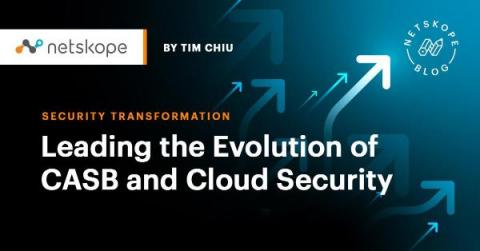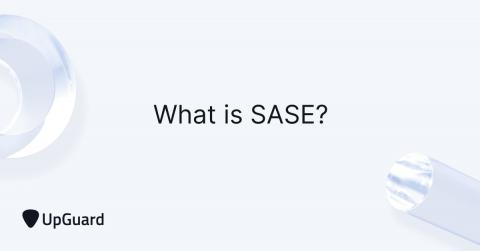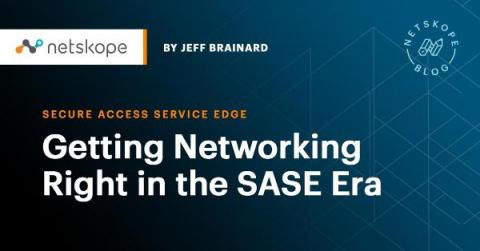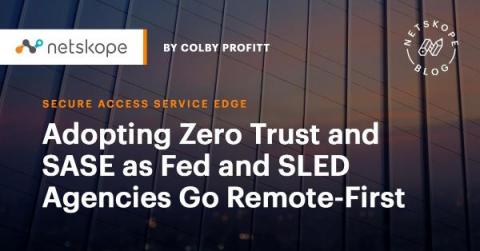AT&T teams with Cisco to create new managed SASE offering
Whether organizations call it digital transformation or just using technology to create opportunities for new, easier ways to work, one thing is certain. Businesses increasingly need to find simpler ways to securely build and manage new kinds of connections that support an era of: This is exactly the drive behind the latest collaboration between the cybersecurity and networking experts at AT&T and Cisco.



